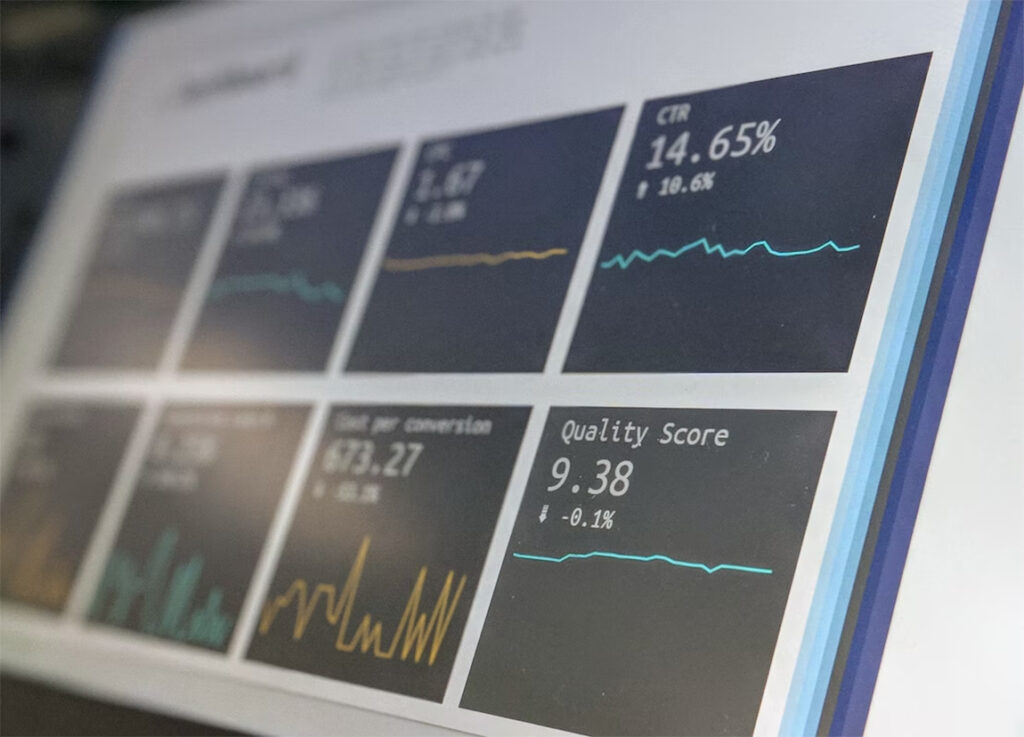How Robotics is Redefining Medicine
Emerging as early as the eighties, the use of robotics in the field of medicine started with surgical assistance using robotic arms and similar technologies. But as technology evolved, artificial intelligence-powered data analytics and computer vision have expanded their capabilities, enabling them to function in various aspects of healthcare.
Beyond assisting in surgical procedures, automation and robotics can also support medical practitioners within clinical settings to further enhance their level of patient care. Moreover, since they can shoulder the burden of performing high-volume, tedious, and repetitive tasks, nurses and doctors can spend a lot more time interacting with their patients and practicing their respective fields of medicine.
- Quality patient care
Medical robots are able to enhance quality patient care by supporting invasive procedures, frequent and customized monitoring of those with chronic conditions, social engagement, and intelligent therapeutics. Moreover, because robotics in healthcare helps alleviate some of the workloads, healthcare providers can better address their patient’s needs, leading to better outcomes and promoting long-term health and well-being.
- Streamlined workflows
Robotics can also streamline clinical workflows, making them more efficient. With autonomous mobile robot technology, it’s possible to simplify routine work, ensure consistent processes, and minimize the working demands on employees. Robots are able to fill the staffing challenges and gaps by monitoring inventory and placing immediate orders so that medication, equipment, and other essential supplies remain in stock. Disinfection and cleaning AMRs can enable healthcare facilities to be regularly sanitized and prepared for any incoming patients, keeping workers focused on value-driven and patient-centric work instead.
- Safer working environment
Robotics can be utilized to transport supplies to clean areas in healthcare facilities where exposure to pathogens might be a risk, limiting infections in the hospital to ensure the safety of workers. Moreover, since they can perform the tasks themselves, not only can they keep infections at a minimum. But it effectively reduces the strain that the work may cause on the workers.
The case uses for robotics in healthcare
With the advancements in robotics technology, machines are able to perform more tasks than ever before and assist healthcare providers in their duties to deliver a higher quality of patient care. Here are a few examples:
- Surgical-assisted robots – Robotics have been used to assist in surgeries and other procedures for many years, but it’s never been more precise than today. Robots today can help surgeons reach higher levels of accuracy and speed as they perform complex operations, thanks to artificial intelligence. Furthermore, some can even undertake tasks autonomously, enabling doctors to complete procedures much more quicker and easier.
- Service robots – As their name suggests, service robots are used to relieve the day-to-day burden of healthcare providers, as they can handle more routine and logistical tasks. Most of them are able to operate with a greater degree of autonomy, from setting rooms up to filing purchases and orders. In addition, they can also aid in disinfection and cleaning tasks.
Conclusion
It’s not surprising that robotics technology is growing in popularity in the healthcare industry. After all, with their range of applications and advantages they provide in this sector, they can elevate the patient care quality while easing the strain on physicians, nurses, and other healthcare workers. And as the technologies continue to improve, it’s only a matter of time until every healthcare environment has them.


